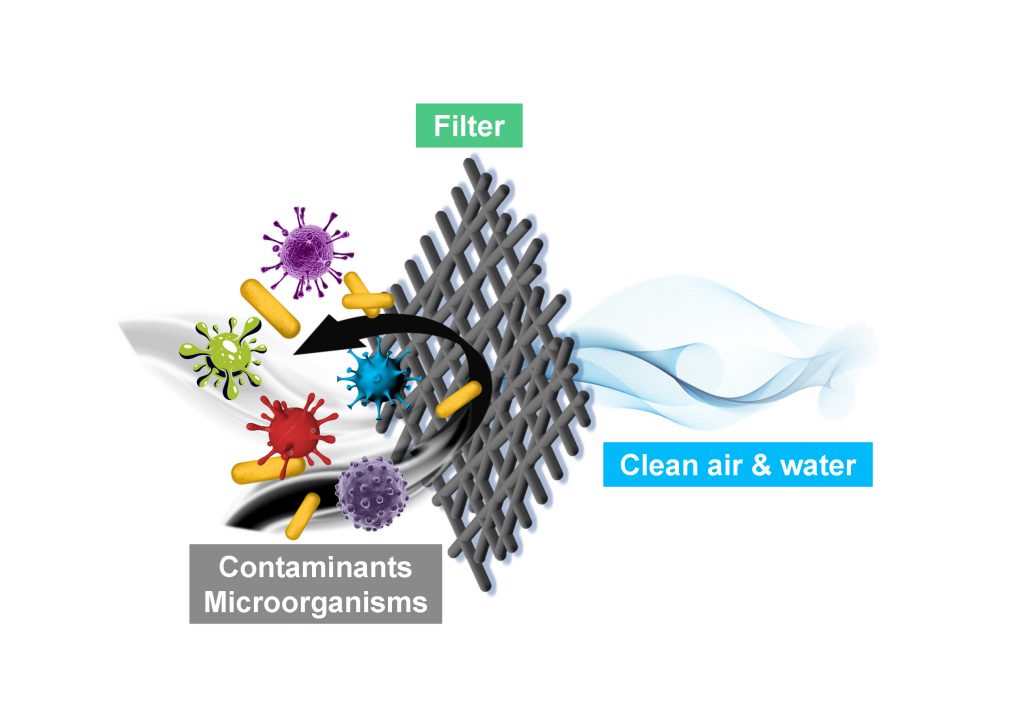Smart Product Development – AGV Robot
We created an Automated Guided Vehicle (AGV), in the shape of a Hong Kong Tram. This AGV is able to autonomously follow, turn, and pause at a path by only given basic information about its environment. To complete this project, our team has to combine our skills in CAD modelling, 3D Printing, Advanced Machining, Laser Cutting, and Programming. Our objective in this project is to create a more fun and approachable learning tool for primary or secondary students, to learn more about the world of robotics, logistics, and automation.
Smart Product Development – AGV Robot Read More »










